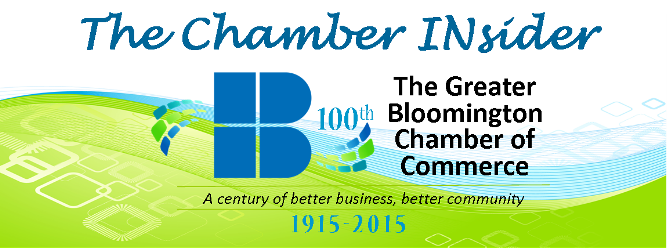Everyone takes the stage sooner or later, whether to accept an award, make a presentation, lead a workshop, or speak at the microphone at a government meeting. What can you do to look like a pro when it’s your turn?
Last month I attended more events and presentations than usual, including:
- Four student presentations for the BHS North Senior Project Night
- Bill Polian at a fundraiser/luncheon for the Boys & Girls Club
- The MCCS Foundation fundraising kickoff event
- SCIHRA’s April meeting
- The SPEA Service Corps end-of-year reception
- Tom Roman speaking to graduation coaches
- My own presentation at the Dropout Prevention Summit and to the American Legion
That’s a wide range of public speaking talent. Although many speakers were polished, each event included at least one instance of an easily preventable audience distraction during transition points between speakers. I’m not talking about content, and my purpose here is not about how to write and deliver a compelling speech. Rather, there are some little things that everyone can do to immediately improve their stage presence during transition:
 It’s a lectern, not a podium. A podium is a raised platform on which you stand to give a speech, while a lectern is the piece of furniture you set your notes on and stand behind. When you say “I will now invite the next speaker to the podium” and there’s no podium, you have just used the wrong word in front of your audience. As a simple mnemonic, think of a PODIatrist, aka foot doctor, and a PODIum is something you put your feet on. Usually, however, it’s just a lectern up front, so just say “lectern” or “microphone,” if there’s a microphone. It is possible that you could be on a podium with a lectern on top of it, in which case you could use either word when inviting the next speaker.
It’s a lectern, not a podium. A podium is a raised platform on which you stand to give a speech, while a lectern is the piece of furniture you set your notes on and stand behind. When you say “I will now invite the next speaker to the podium” and there’s no podium, you have just used the wrong word in front of your audience. As a simple mnemonic, think of a PODIatrist, aka foot doctor, and a PODIum is something you put your feet on. Usually, however, it’s just a lectern up front, so just say “lectern” or “microphone,” if there’s a microphone. It is possible that you could be on a podium with a lectern on top of it, in which case you could use either word when inviting the next speaker.- Don’t leave the lectern (or podium) unattended. The audience gets restless without a focal point, and you will temporarily lose their attention. When introducing the next speaker, remain at the lectern until the next speaker arrives. If the audience is clapping, clap along with them as you wait. Then shake the hand of the next speaker once they arrive and take the lectern (or podium).
- Have technology ready. You should not be more than one key stroke away from having precisely the slide or video that you intend show up on the screen. Watch out for projectors that go to sleep after 5 minutes! They usually need a minute or two to warm back up, and in the middle of a speech, that will be the longest minute in history.
- Get the introduction right. If you’re the one introducing someone, ask the person how he or she wants to be introduced. If you’re the one being introduced, write out your own introduction and give it to the the person introducing you in advance. Know how to pronounce all names, and make sure you know their title!
- Set clear audience expectations. When recognizing individuals in the audience (such as board members, honorees, elected officials, etc.), make sure the whole audience knows whether they should clap after each name, or wait until all the names are announced. Provide clear instructions for the audience, especially about whether and when to clap, and enforce them consistently.
I hope these are helpful tips. Hopefully, you’ll never have someone as compulsive and pedantic as me in your audience. But if you do, I’ll be watching! If you have any other suggestions or comments feel free to post in the comments section below.
